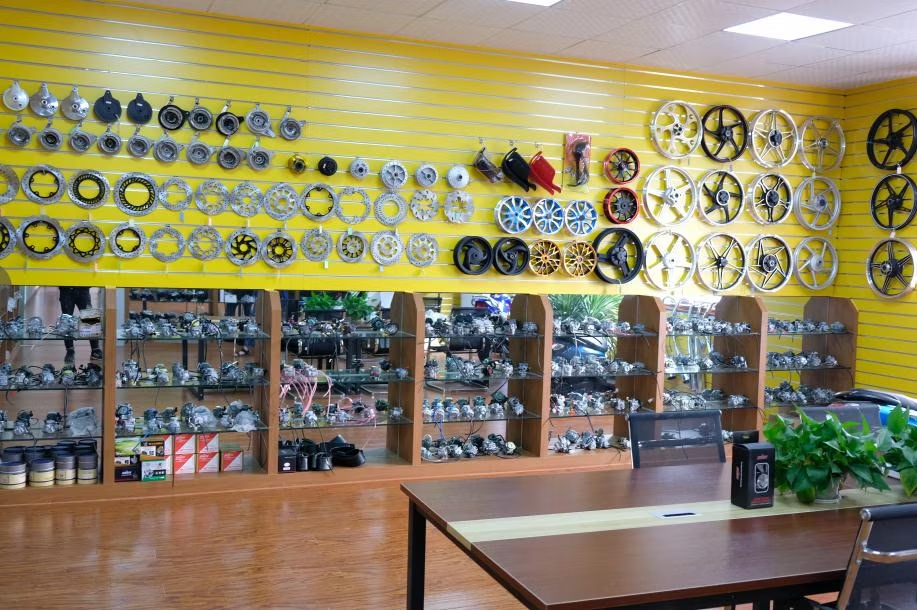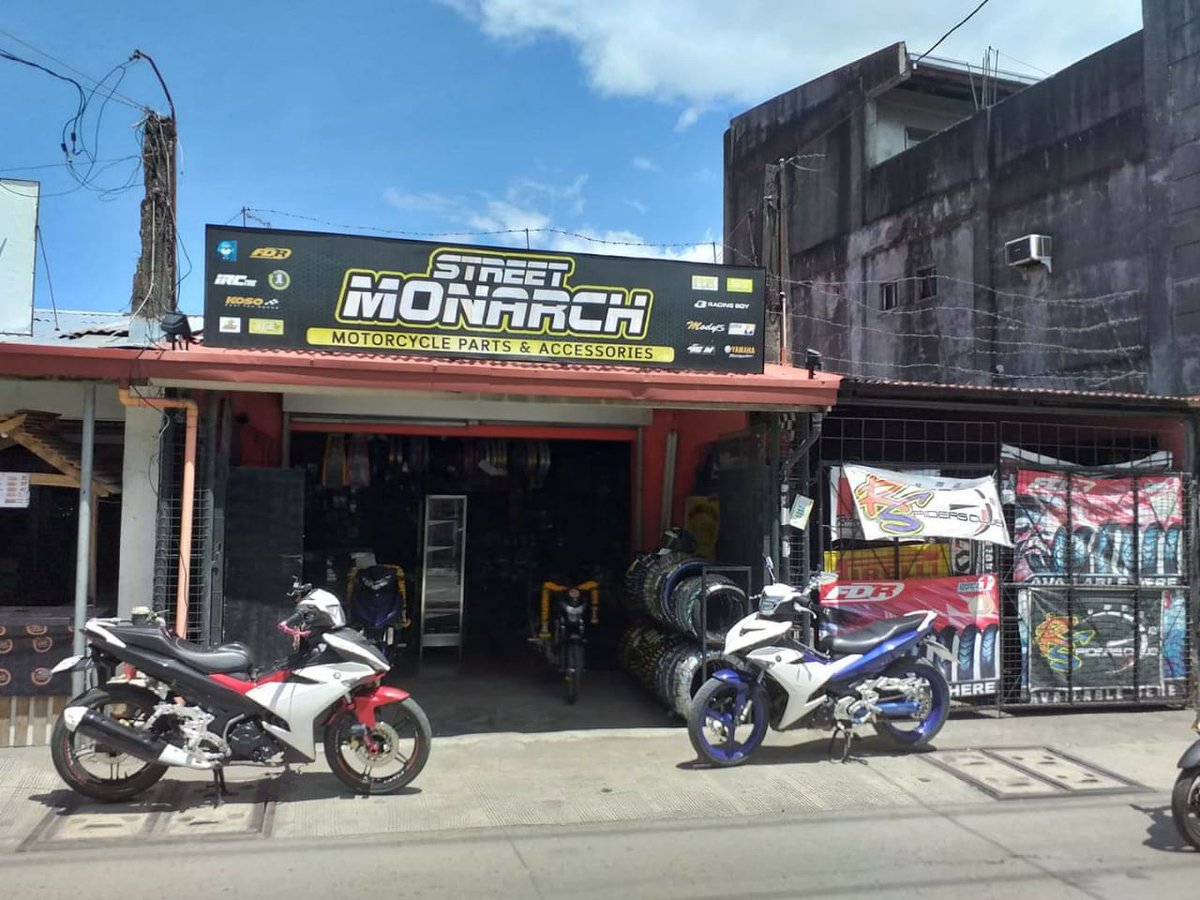Discover Quality Moto Parts NZ for All Your Motorcycle Demands
Discover Quality Moto Parts NZ for All Your Motorcycle Demands
Blog Article
Understanding Bike Gears: Exactly How to Optimize Your Riding Experience
In the world of motorcycling, mastering the art of gear adjustment is crucial for boosting your riding performance. Appropriately using and understanding bike gears can dramatically impact acceleration, control, and fuel performance, transforming an average experience right into a smooth, exciting journey. By integrating precise shift timing and adjusting equipment selection to various road problems, cyclists can ensure optimal engine efficiency and safety and security. The nuances of clutch control, throttle control, and gear auto mechanics beckon a deeper exploration, promising to unlock the complete potential of your machine. Just how can these methods be used to really optimize your riding experience?
Recognizing Equipment Mechanics
At the core of bike dynamics, gear mechanics play an essential duty in converting engine power right into motion, eventually dictating speed and control. The equipment ratios, very carefully made, determine the connection between engine transformations and wheel turns, impacting acceleration and gas effectiveness.
Recognizing equipment mechanics begins with recognizing the importance of the transmission, which houses several equipments of varying sizes. These equipments interact with a process known as meshing, where teeth of different gears involve to transmit power.
Additionally, the principle of gear changing is important to optimizing performance. Smooth and timely changes ensure that the engine operates within its ideal power band, avoiding unnecessary strain and enhancing longevity (mx gear nz). By comprehending these mechanical details, motorcyclists can attain an unified mix of power, control, and efficiency, raising their riding experience
Timing Your Changes
Shift timing mastery is necessary for maximizing bike performance and boosting the riding experience. Properly timed changes ensure that the engine operates within its optimum power band, which is critical for maintaining control, achieving smooth acceleration, and making sure the longevity of the motorcycle. Bikers have to develop an instinctive feeling of when to move gears, which includes understanding the connection between engine revolutions per min (RPM) and rate.
To grasp change timing, pay very close attention to the engine's audio and really feel, as these offer vital clues about when to alter gears. The perfect shift point usually occurs when the engine comes close to the top range of its power band without reaching the redline. Changing prematurely can result in a lack of power, while shifting far too late may cause unneeded engine stress
In addition, road problems and riding style impact shift timing. In metropolitan setups, smoother and a lot more regular shifts might be necessary to browse website traffic effectively. On the other hand, during freeway riding, less shifts at greater rates can be better. Practicing in different settings will certainly enhance your capacity to time changes specifically, eventually boosting your riding experience to a specialist level.
Enhancing Fuel Efficiency
While understanding motorbike equipments is essential for efficiency, enhancing fuel efficiency is equally important for both environmental and economic reasons. Optimal gas usage not just minimizes functional costs but additionally minimizes the environmental footprint of riding. To accomplish this, one have to understand the detailed partnership in between equipment selection and engine performance.
First of all, selecting the ideal gear at suitable rates can significantly affect fuel intake. Riding in a greater equipment at lower speeds can result in engine carrying, which is detrimental to both fuel economic climate and engine wellness. Conversely, riding in lower gears at broadband results in unnecessary fuel intake. Therefore, preserving an optimum balance by changing gears abreast with roadway problems and anticipated maneuvers is essential.
Additionally, normal upkeep plays a crucial duty in fuel performance. Making sure that the motorcycle is well-tuned, with clean air filters and appropriately blew up tires, can improve aerodynamics and minimize fuel wastage. Moreover, adopting a riding style that embraces progressive acceleration and smooth slowdown can add to much better fuel economy.

Strategies for Smooth Transitions
Accomplishing smooth gear shifts is fundamental to improving the riding experience and ensuring the durability of a motorbike's transmission system. Correct gear moving not only adds to a seamless experience yet likewise decreases deterioration on the mechanical parts. To master the art of smooth changes, this article bikers must focus on a few essential strategies.

Second of all, clutch control plays an essential role. Engaging and disengaging the clutch efficiently requires technique. The clutch lever must be launched progressively, permitting a smooth transfer of power from the engine to the wheels without creating a jolt or abrupt activity.

Adjusting to Roadway Problems
Navigating varied roadway conditions is a vital skill for any motorcyclist aiming to keep control and safety and security. Whether you're riding on damp surface areas, gravel roads, or navigating sharp turns, your capacity to adapt your gear use and riding method Go Here is critical. Recognizing just how to readjust your gears suitably can significantly influence grip and security, ensuring a safer journey.
On wet roads, it is a good idea to maintain higher gears to lower torque and minimize wheel spin. This strategy aids preserve grasp on unsafe surfaces, enabling smoother velocity and deceleration. On the other hand, when riding on gravel or unequal terrain, reduced gears are more effective. Reduced equipments supply far better control and allow you to react more promptly to unanticipated modifications in the roadway surface area.
Sharp contours require specific equipment management to balance speed and control. Downshifting before going into a contour can help maintain energy while guaranteeing the bike continues to be steady throughout the turn. Constant practice in different problems enhances your ability to forecast and react to adjustments in road appearance and incline.
Conclusion
Grasping bike equipments substantially improves the riding experience by improving velocity, gas, and control effectiveness. Adjusting gear selection to different roadway problems, such as utilizing greater gears on wet surface areas and lower gears on gravel, additional enhances handling and safety and security.
Understanding equipment technicians starts with identifying the importance of the gearbox, which houses several equipments of differing sizes. These equipments engage via a process recognized as meshing, where teeth of various equipments involve to send power (motocross gear). Your Domain Name Mild adjustments to the throttle throughout gear changes can stop jerky movements and keep a consistent riding rate
Whether you're riding on damp surface areas, crushed rock roadways, or navigating sharp turns, your capacity to adjust your gear usage and riding method is paramount. Adjusting equipment selection to numerous roadway conditions, such as utilizing higher gears on wet surface areas and lower gears on crushed rock, more improves handling and safety and security.
Report this page